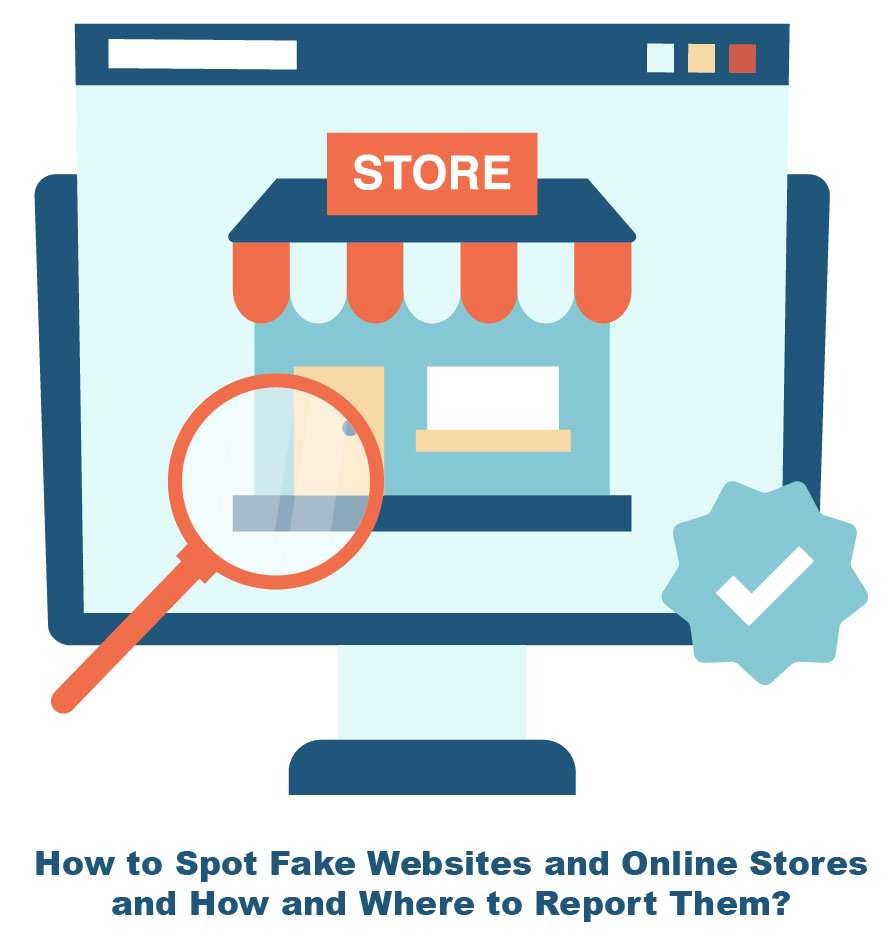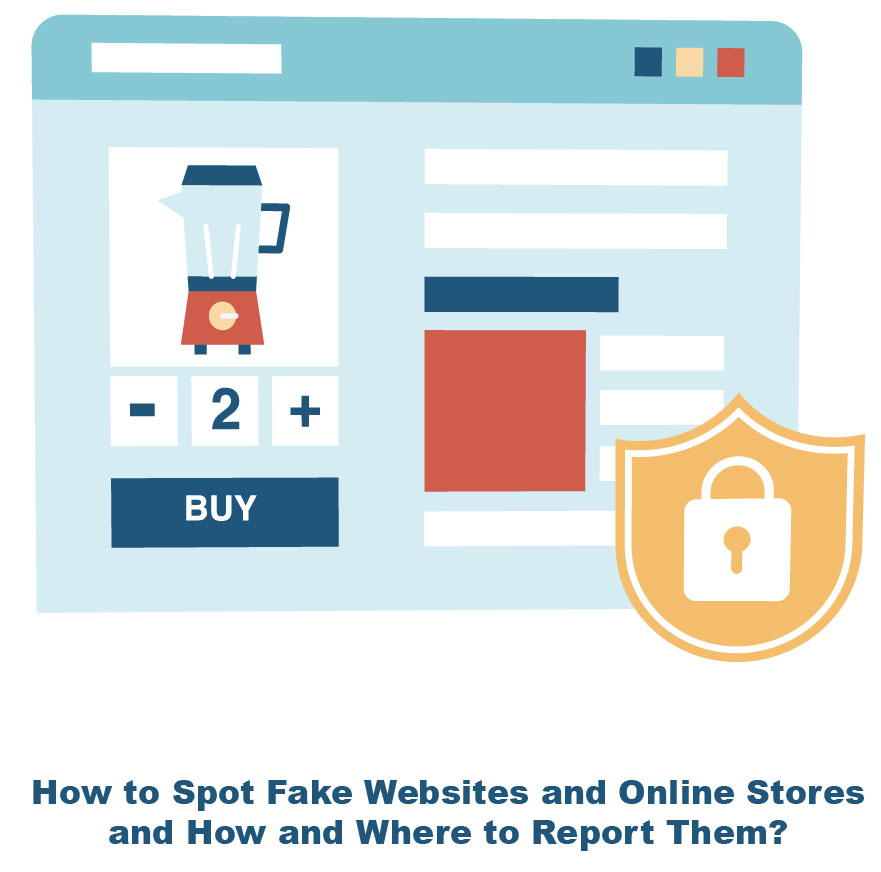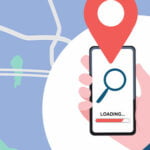
Now, with a few clicks, you can purchase anything from groceries to electronics to clothing. Due to this extra convenience, online shopping is becoming increasingly popular. According to Search Logistics, global eCommerce sales are expected to account for 22% of worldwide retail sales, reaching $6.15 trillion this year. However, with the convenience of eCommerce and online shopping comes the risk of encountering fake websites and online stores. So, how do you identify fake shopping websites?
These websites make you believe they are legitimate businesses but scam you for your hard-earned money or breach your privacy.
This article will explore identifying fake online stores and their reporting procedure. Let’s dive in!
Tips to Identify a Fake Website and Online Shopping Store
Looking for ways “how to identify fake shopping websites?” let’s discuss them in detail;
1. Check If there’s a Small Lock Sign on the Top Left of the Website’s URL
An easy way to identify a secure website is to look for a small lock sign on the top left side of the website’s URL. This lock sign indicates that the website uses an SSL certificate, which confirms proper data encryption. That’s an early indicator of a legitimate business where you can trust your information. You can consider it as an authority stamp.
But if a website doesn’t have this lock sign, it’s best to avoid making any transactions or sharing personal information on that site. However, scammers go far beyond to trap you, and some fake websites even forge the lock sign. So, following the other tips before purchasing from a website is best.
2. Get Help from a Website Checker
Another tip for identifying fake shopping websites is getting help from a website checker. These tools use various technologies to analyze the website and provide a report that tells you whether the website is safe to use. Here are some popular website checker tools:
- UrlVoid.com is an online website checker tool that analyzes websites and provides a report on their safety and legitimacy. Using advanced software technologies, the tool scans the website for malware, viruses, and phishing attempts. It provides site summaries, domain info, and blacklist reports for each engine that analyzes the website.
- Norton Safe Web is another website checker tool that analyzes websites for malicious content, viruses, and scams. The tool uses a combination of automated analysis and user feedback to determine the safety of a website.
3. Go Through Customer Reviews
To identify whether a website is fake, the best way to do it is by checking customer reviews. These reviews offer insight into the products and services of the website or online store.
You must know there’s something fishy if you come across many negative reviews or new reviews with no personal opinion. So, digging as much as possible into the reviews and making an informed decision is suggested.
You can check these reviews from their Google Business Profiles or through other famous review websites.
4. Scan Their Return Policy
Scammers or fake shopping website owners often don’t put much effort into creating a clear return policy or don’t make one at all. So, reviewing their refund policy carefully is crucial before purchasing from an online retailer.
Take your time to ensure that the policy is easy to understand and meets your expectations as a consumer. If you encounter a website with a return policy that is confusing or appears suspicious, it’s best to avoid making a purchase and move on to a more reputable retailer.
5. Check Their Social Media Presence
If you are considering an eCommerce store for your next purchase but don’t know how to identify fake shopping websites, you should check their social media presence. Most legitimate businesses have a social media presence that helps them engage with potential customers and promote their products. So, if a website claims to be legit but has no social media presence, it’s a red flag.
Additionally, you can scan their About US page and whether or not they have mentioned their contact information. In case of grammatical errors on the About US page and no contact information is provided, you should refrain from purchasing from them.
How and Where to Report Fake Shopping Websites?

According to ABC News, 36% of online retail frauds start from a fake website. So, to keep yourself and others from getting looted by eCommerce websites, you must identify and report a fake shopping website or store. Here are a few tips to follow to report a fake online store or website:
Reach Out to the Federal Trade Commission (FTC) or Better Business Bureau (BBB)
Once you’ve identified a fake shopping website, you can contact FTC or BBB. The FTC is responsible for investigating and prosecuting cases of fraud and scams in the United States. You can file the complaint with the FTC online at ftc.gov/complaint. You can also contact BBB, a nonprofit organization that helps consumers find trustworthy businesses. To file a complaint with the BBB, visit bbb.org.
Provide Detailed Information About the Website
You must attach as much information as evidence to your fake shopping website complaint. This can be:
- Name and URL of the website
- Any contact information provided on the website
- Details of any interactions you have had with the website or its operators
Prevent Yourself from Further Fraud
In case you’ve purchased from a fake shopping website before finding out about their scam, you should take necessary actions to prevent yourself from further fraud. Here are some of them:
- Change your payment details (shared with the fake website) to prevent further monetary loss.
- Change passwords for all the accounts connected with the fake website.
Conclusion
To ensure you stay safe from all online shopping scams, you must first determine whether or not the website is authentic. You can follow the tips above on “how to identify fake shopping websites” to stay cautious. If you find a suspicious website, immediately contact FTC or BBB and lodge your complaint. This helps you in making the online shopping environment safe for everyone.









